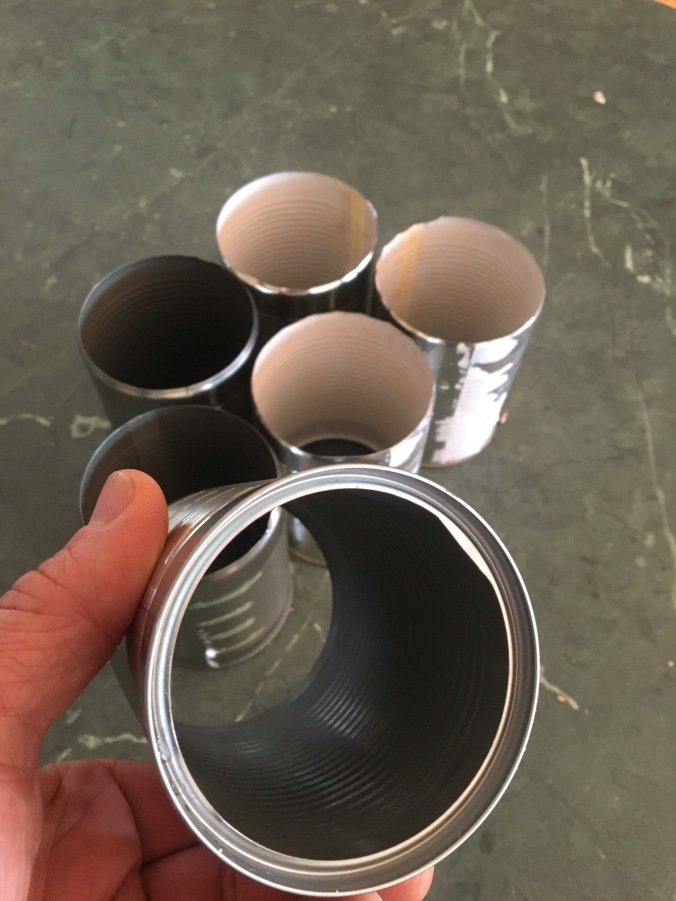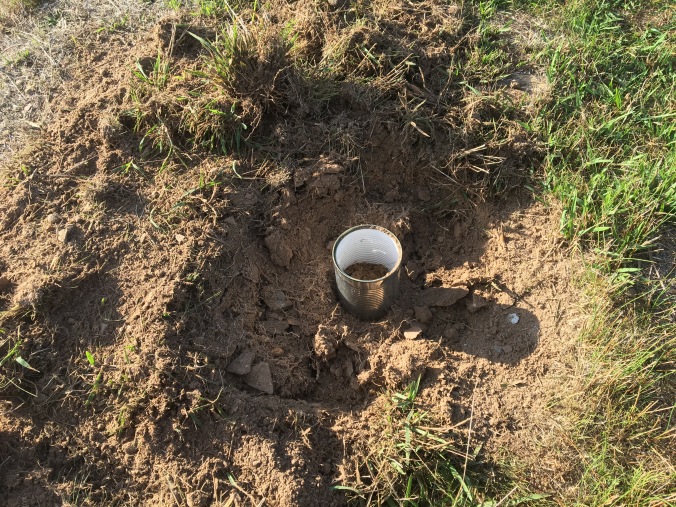For a long time we have been discussing whether a tractor would be a useful addition to the Rock Farm. To be truthful, I had been convinced for a while that I would find plenty of uses for one… I just had to gain approval in principle to purchase one, and then find one that fitted the budget. So for the past couple of years on-and-off I had been keeping my eye on Gumtree and other classifieds sites.
The main problem was deciding whether to buy a new Chinese tractor with all the features, or an older ‘name brand’ tractor. Whilst the Chinese tractors represented excellent value for money, there were just as many horror stories out there which made me lean towards an older tractor from a known brand.
The other problem is that I had never driven a tractor. So when the Local Land Services (LLS) advised me I had won a book voucher for answering a few questions on an online survey, it was an easy choice on choosing my book.
The book is, in a word, excellent. Armed with a little bit of knowledge (dangerous situation), the perfect tractor came on the market just down the road. A quick inspection confirmed it was going to be ideal for what we wanted to do on the Rock Farm – and the price was within our budget.

The vital statistics:
- Name: Lucie
- Type: International 674 4wd Tractor
- Year Built: 1974
- Fitted with: Front bucket / loader, Mulcher (flail mower).
- Other accessories: Hay forks, stick rake
And it has been put to work. I have been able to clean up piles of old wire, slash weeds, move piles of dirt, repair the driveway and pull out stumps. It has transformed the way we move firewood from the paddocks to the house – saving double handling and time. In short, it is a great addition to the Rock Farm.
We had deferred tidying up piles of old wire due to the labour it would have required… now we have relished cleaning up the paddocks – even if lashing the wire to the trailer is a little challenging.
If you ask the Little Fisherman though, the tractor’s main purpose is to make jumps for his motorbike…
And it was a nice place to learn how to drive the tractor and play with the settings. I might just have to admit that this is my new favourite toy!
I am sure that Lucie will soon feature in many articles on the Rock Farm, as we work to improve the pastures and soil health. In the mean time, we can all enjoy some of its benefits.
Have I ever said how much I love living on the Rock Farm??











